Three Style Lessons from My Grandfather
Lulu Gvirtsman just knew how to do it. Hopefully style is genetic.
Most people have at least one stylish grandparent. The more people I meet, the more I find this to be true. Why this is the case is a scientific study for another time, but the fact remains. With that said, let me tell you something…
My grandpa had sauce. Aside from an already enviable confidence and easy old-school charm, he had a natural sense of style. His name was Israel, but everyone called him Lulu. Any time someone on my dad’s side of the family dressed well, someone would say they looked like Lulu.
By the time I started exploring my own sense of style in earnest, Lulu was already in his twilight years. We were sitting on the balcony of my grandparents’ condo, a humid summer breeze playing through his remarkable full head of fine white hair. I asked him, “How did you develop your taste in clothes?”
He just looked at me quizzically. I tried again.
“When you go into a store, how do you know something is good?”
He chuckled dryly, still looking at me, confused. As though this is something everyone knows.
“I go into the store. If I see something, and I like the color,” - He mimes running a cloth through his fingers - “ And if I feel it in my hand, and it’s a good material - I buy it.”
End of story. I couldn’t believe it. There was no secret, no formula, not even a pearl of wisdom. The answer was simple: Because I just know.
So after writing pieces analyzing the styles of Alain Delon and Alex Turner, I wondered who I should write about next. Should I do the Pinterest favorites? Paul Newman, Steve McQueen, Harrison Ford…
I could. Maybe I will. But why wouldn’t I look to my first and closest style icon with the same eye I would any of my heroes? Here are three style lessons I’ve learned from my grandfather - whether he meant to teach them to me or not.
1. A Collar Is Meant to Frame Your Face
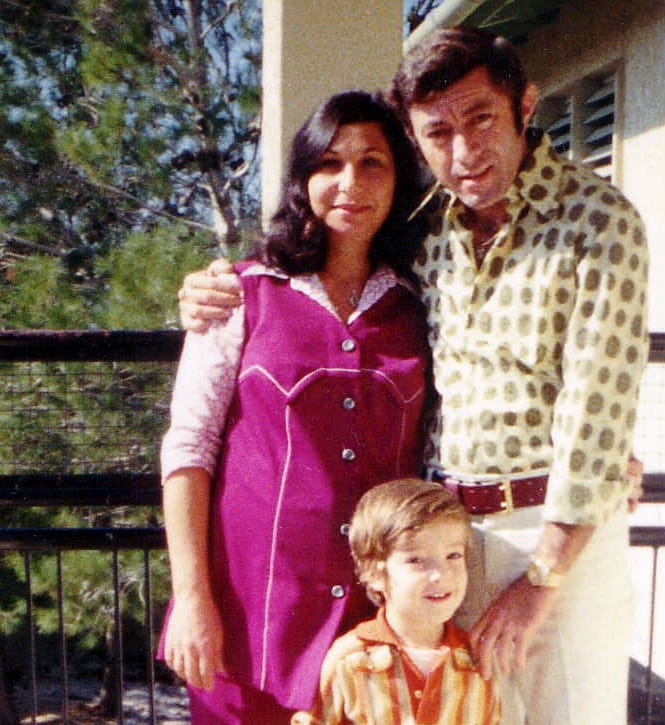
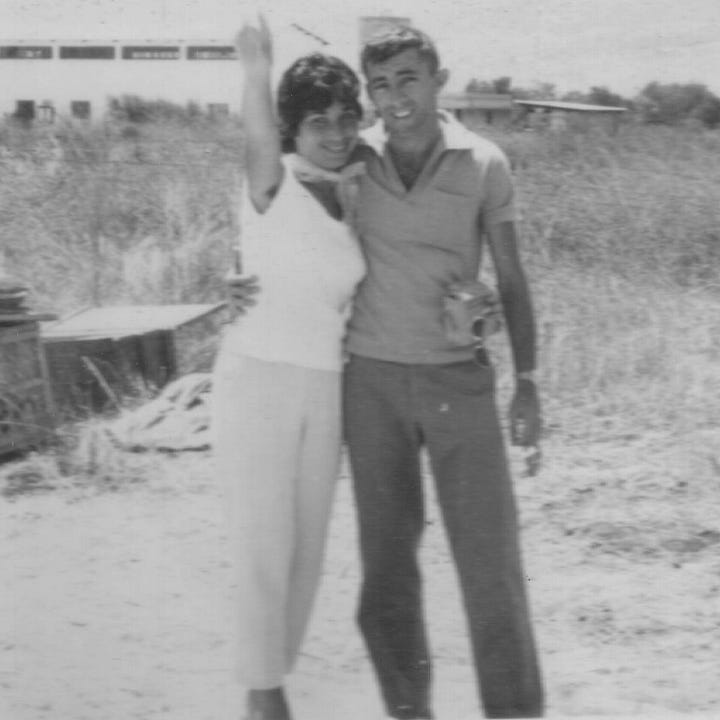
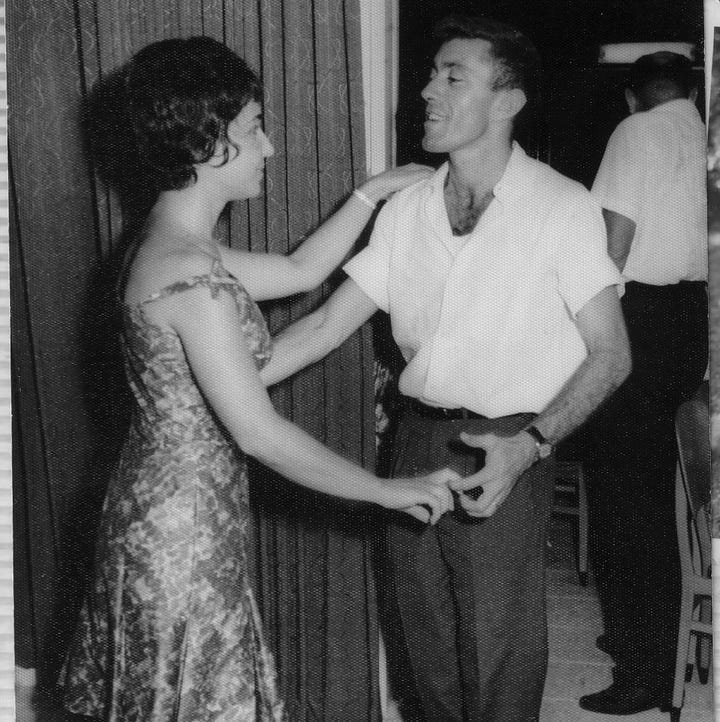
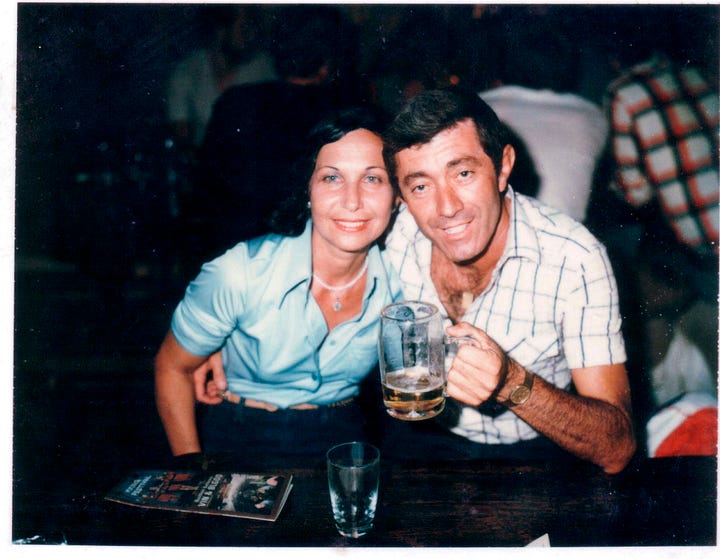
I’ve certainly been guilty of thinking, “It’s a blue shirt, it should work, right?”, only to find it just doesn’t look right. Trends in collar shapes and sizes come and go (as evidenced by the sheer 70’s power of the collar in that first photo), but the fundamental purpose always remains the same. Aside from covering a necktie, or shielding your jacket from a sweaty neck, the purpose of a collar is a bit of geometry. It’s meant to frame your face. To either complement or contrast the curvature of your head and face to create pleasing shapes. My grandfather favored a dramatic spread collar (with an open top button) to lengthen his fairly wide head, and complement his sharp, angular features. The Gentleman’s Gazette and Permanent Style both have helpful and comprehensive guides on the various shirt collar shapes to point the way. Even experimenting with a crew neck versus a V-neck knit can help you learn more about how you may like to play with these shapes. Rounder faces can be complemented by a crew neck that rests high above the collar, or elongated and contrasted by a V-neck, and vice-versa. Mastering your preference in collar shapes is also key to looking like you’re wearing your clothes, rather than your clothes wearing you. Lulu’s open buttons are clearly deliberate, showing that he is in control of that outfit.
2. Learn Your Contrast Level
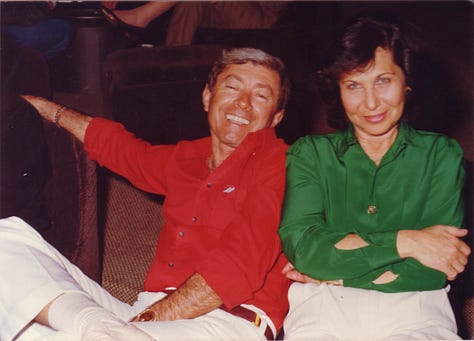

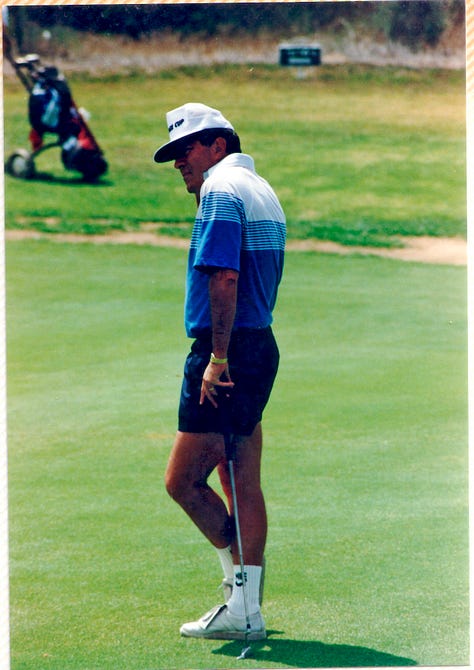
Look, some people just understand color. It’s innate and frustrating, and I don’t know how it happens. Lord knows I haven’t figured it out yet.
However, a great place to start is contrast. Pouring over pictures of Lulu, he seems to have figured out that his natural coloring looked great when his outfits had high contrast between articles of clothing. It’s a magical product of skin tone, hair color, contrast between hair and eye color, and how all of those things interact. As a result, I found copious pictures of him rocking the heck out of white pants with any top imaginable. Highly patterned shirts? No problem. The fire-engine red number in the picture above? Easy, breezy. Conversely though, monochromatic outfits just looked somewhat drab. On someone else, they may look chic and coordinated - their coloring may complement lower contrast. If my grandpa did wear a monochromatic outfit, he’d make it work by making sure the top and bottom had highly contrasting textures. It’s what he noticed looked best on him. Learning your contrast level is a great way to explore how best to incorporate color into your wardrobe without spending hours analyzing a color wheel, or asking ChatGPT if you’re a cool summer or a soft autumn. Once you know your contrast level, you can easily use it as a template for outfit building with the basics.
High-contrast outfit with khakis? Dark sweater or highly-patterned shirt.
Low-contrast outfit with light wash denim? Plain white tee!
The one time I went golfing with my grandfather, he stepped out in a purple sweater with light yellow chinos and woven brown belt. Definitely too color savvy to seem natural to me, but he innately understood his contrast level, so it came together naturally.
3. Become the Master of a Light Sweater

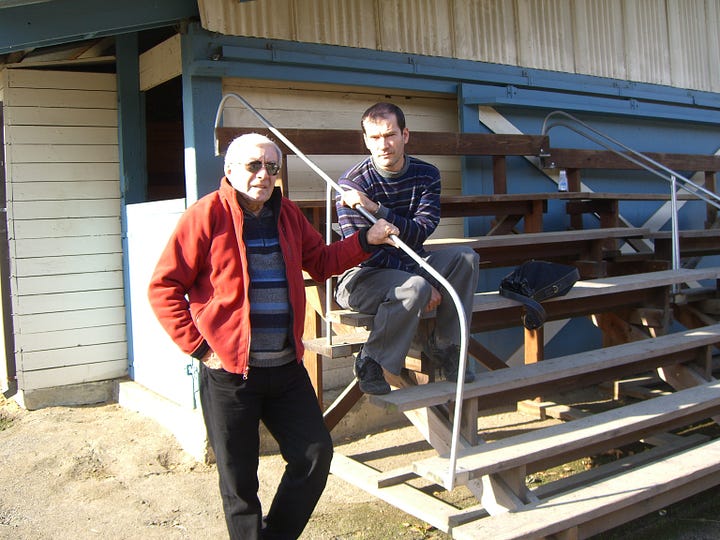
A lot of online space has been dedicated to helping men figure out how to dress in their 30s. How to gracefully incorporate emerging trends without looking like a poser, while also dressing like a grownup. Lulu had a solution: the light sweater.
A lightweight sweater can be worn like a graphic tee, but grown up. They offer the same color, patterns, and textures to add visual intrigue to an outfit, without the juvenile association. If you play your cards right and get light sweaters made of natural fibers, you can even enjoy the easy comfort of a t-shirt. They certainly can be layered over a collared shirt, but they look relaxed and put together on their own, and are absolutely flawless under light jackets. Style options are vast: short sleeve, long sleeve, polos, v-neck, you name it. They can run the seasonal gamut: under-layers in the colder months, over-layers when it’s hot out. Once again, they also convey a sense of intentionality. Like a graphic tee can tell people what music you like or where you went to school, a sweater can convey a sense of personal taste. Get unique, get specific. It doesn’t have to be wild or flashy, it just needs to speak to you.
Obviously, these fit pics from across the decades illustrate that my grandfather knew many of the other hallmarks that show up in all kinds of fashion guides for men: the flattering nature of a looser fit, the power of a good accessory, mixing “genres” of clothing, and so on. The best part of all of it is that while he liked to look good, he was never precious - he lived in his clothes, and was never afraid to get dirty. He got dressed because he liked to live. And he did. He travelled the world, he played professional sports, he ran a business, and shepherded a pretty great family, if I do say so myself. He is my greatest inspiration for what it means to be a well-dressed man, and I miss him dearly. In ways, my entire style adventure is dedicated to him.
Cheers to you, Lulu.

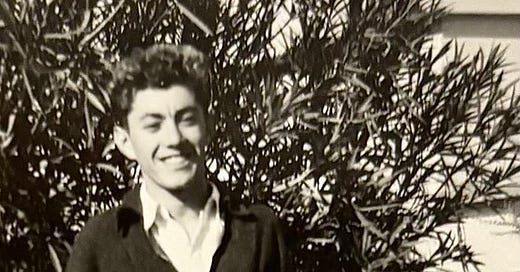



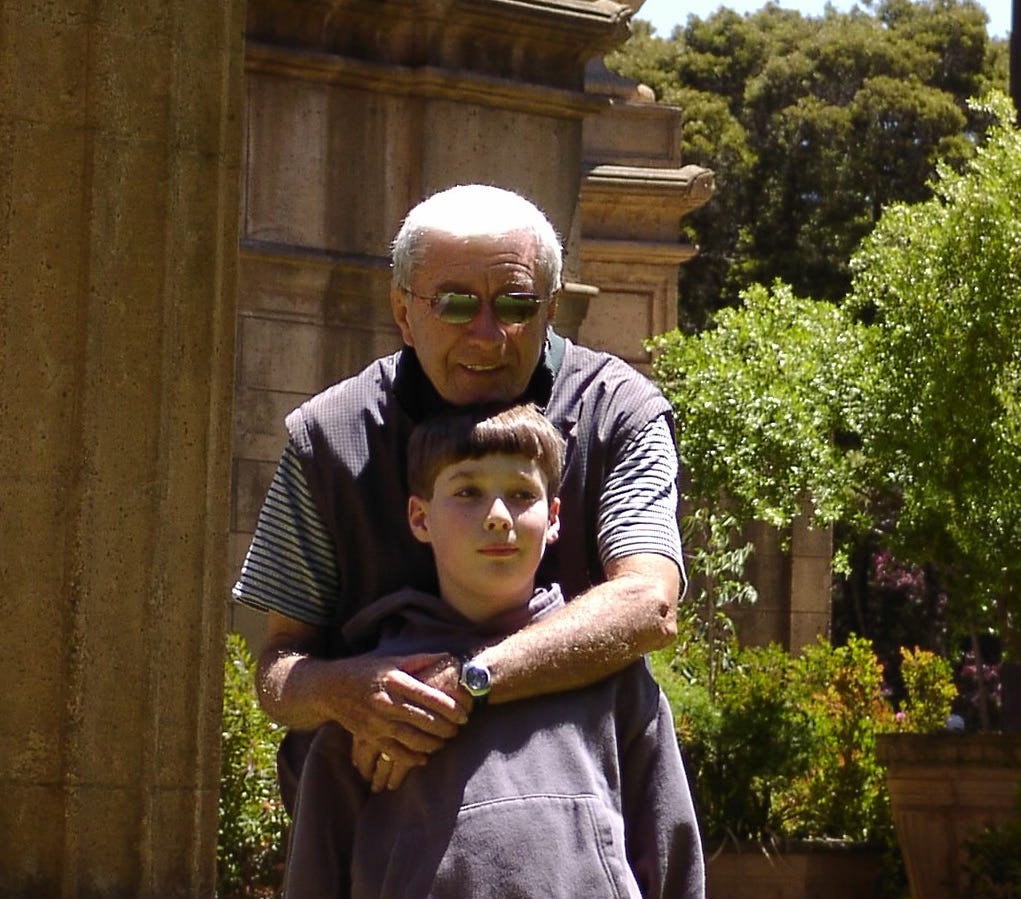
Enjoyed the insights and the vintage photos. Lulu was a fit and stylish man! How to stay stylish (but comfortable) throughout life and into old age is an interesting topic when it comes to fashion.
That man really did have *sauce*.